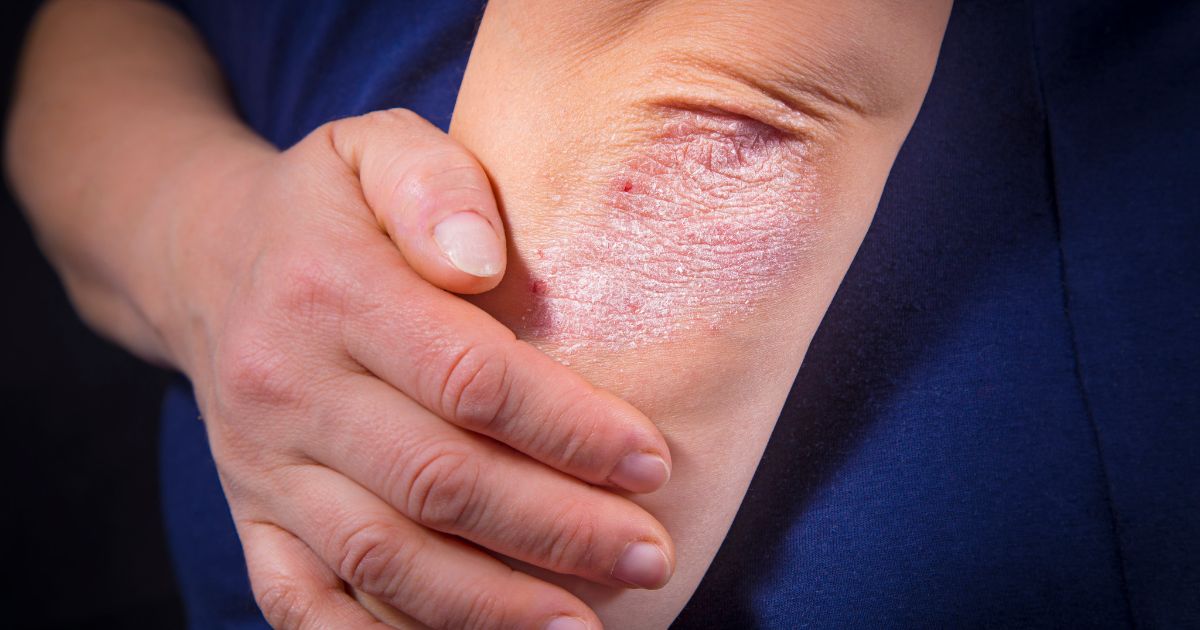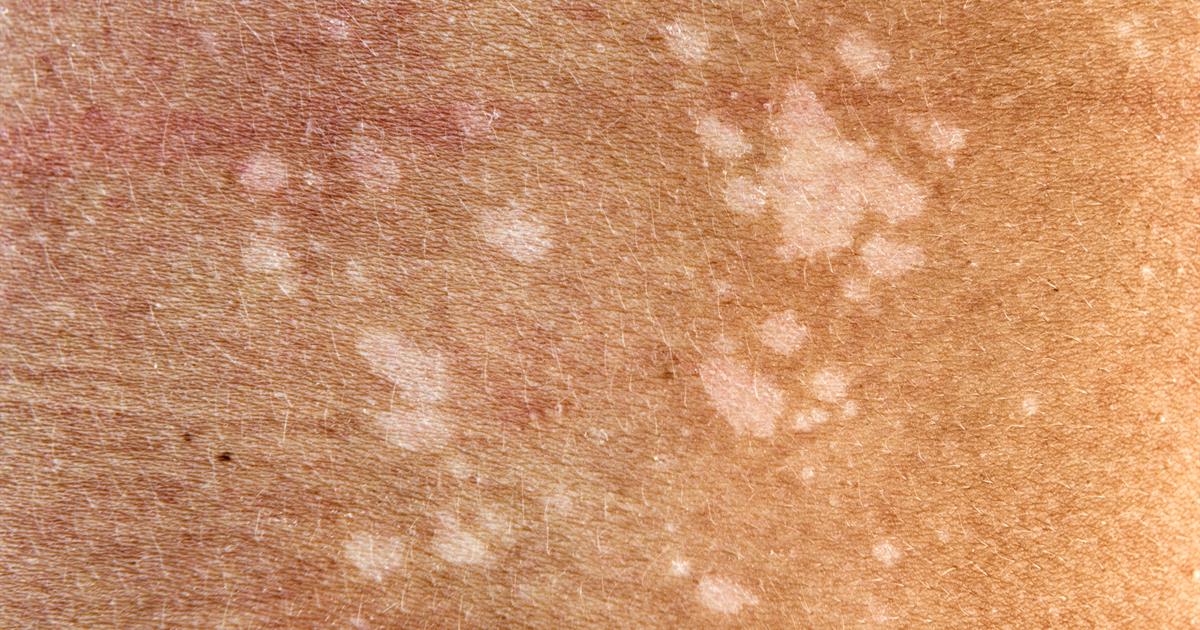Guide To The Conditions That Cause Hypopigmentation
Sometimes known as depigmentation, hypopigmentation is a skin condition that causes a loss of the normal pigmentation in an individual's skin. It can occur due to injury, trauma, or disease and may affect localized areas or the entire body. This condition is normally diagnosed with a visual inspection and physical exam by a dermatologist. Depending on the cause and size of the affected area, appropriate treatment methods include light therapy, laser resurfacing treatments, and subcision. Hypopigmentation can be very difficult to treat, and some patients may need to use a combination of treatment options to see an improvement in their condition.
The conditions outlined below are some of those that may result in hypopigmentation.
Vitiligo

Vitiligo is a condition in which the cells responsible for producing melanin, a chemical that gives skin its color, either die or otherwise cease to function. Vitiligo causes patches or blotches of hypopigmentation, and it can occur anywhere on the body, including on the face and hands. It may also occur on the inside of the mouth, and it might cause the patient to lose pigment in their hair. Most vitiligo patients experience symptoms before they are twenty years old. They may have premature graying of their hair, eyelashes, and eyebrows, and they could also notice a change in the color of their retina. To diagnose this condition, dermatologists shine ultraviolet light onto the skin, and they may also perform a skin biopsy. Treatment options include creams containing calcineurin inhibitors, corticosteroids, and light therapy with psoralen. In cases where vitiligo is widespread and affects many areas of the body, patients may choose to have a depigmentation procedure to remove the remaining pigment in their skin. This involves applying a depigmenting agent to the skin daily for at least nine months. Some patients may also wish to consider medical tattooing, a procedure in which pigment is implanted into the skin. This method is particularly effective around the lips. Skin grafting and blister grafting might be appropriate treatment options as well.
Uncover more conditions that can cause hypopigmentation now.
Pityriasis Alba

Pityriasis alba typically affects children and young adults, and it is commonly associated with eczema. Patients with pityriasis alba develop pink or red oval rashes, which are generally dry and scaly in texture. The patches occur most often on the back, face, upper arms, and chest, and they normally resolve with the application of moisturizers. After the rash fades, patients might observe hypopigmented spots in these areas. Medical treatment is not normally required, but dermatologists may choose to prescribe heavy moisturizers, topical steroid creams, or pimecrolimus to reduce skin discoloration, itchiness, and dryness. Pityriasis alba frequently resolves once a patient reaches adulthood; however, some patients may experience repeated episodes.
Learn more about conditions linked to hypopigmentation now
Albinism

Albinism is a genetic disorder caused by a mutation in a gene that controls melanin production. As a result of this mutation, patients with albinism naturally produce less melanin than individuals without the condition. Experts estimate approximately one in twenty thousand individuals in the United States have some form of albinism. Patients with this condition often have pale white skin and hair, and some patients could also have reduced pigment in their irises. Since melanin is a contributor to the development of the optic nerve, patients with albinism generally experience vision and eye health issues. For example, they could have extreme nearsightedness or farsightedness, and they may display signs of nystagmus, sensitivity to light, and reduced visual acuity. Patients with albinism are also at an increased risk of skin cancer, and they need to follow sun safety precautions to reduce this risk. In particular, it is important to avoid sunburn, one of the major risk factors for skin cancer.
Continue reading to reveal more conditions that may result in hypopigmentation now.
Psoriasis

Psoriasis is a chronic condition that can include periods of remission and flare-ups. The condition speeds up the typical life cycle of the skin, resulting in a rapid accumulation of extra skin cells on the skin's surface. These patches are generally scaly and dry, and they may sometimes bleed or become painful. These patches can be red, though they may also appear pale and silvery if they turn into hypopigmented patches. Patients might also experience joint pain or swelling. To manage psoriasis, patients may need to use topical corticosteroids or retinoids, and light therapy might be considered. Patients who have severe forms of psoriasis that have not responded to conservative treatments may be prescribed oral or injectable medication. Methotrexate, cyclosporine, and biologics such as apremilast or secukinumab could be recommended. Thioguanine or hydroxyurea may also be beneficial.
Uncover more details on conditions that may cause hypopigmentation now.
Tinea Versicolor

Tinea versicolor occurs as a result of a fungal infection due to overactive yeast on the skin. Patients who live in tropical and subtropical areas are at an elevated risk of tinea versicolor, as the particular fungus responsible for this condition thrives in warmer climates. Patients with oily skin and individuals who sweat a lot are also believed to have an increased risk of acquiring tinea versicolor. The condition causes the formation of patches on the chest, back, neck, and arms. These patches are normally lighter than the surrounding skin, in the cases of hypopigmentation, but they can occasionally be darker. Pink, red, brown, and tan patches have been observed. The patches become more noticeable with tanning, and they may fade in cooler weather. Generally, the affected areas are dry and scaly, and itching may be present. Over-the-counter antifungal medications such as clotrimazole and terbinafine may be enough to kill the infection. If necessary, dermatologists can prescribe stronger antifungals, including topical creams like ketoconazole or ciclopirox. Depending on the severity of the infection, some patients may need to take systemic medicines, including fluconazole and ketoconazole.